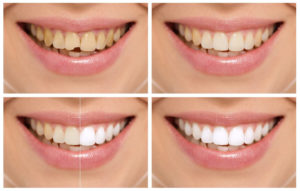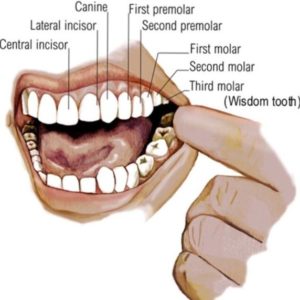When you think about bettering your smile, cosmetic dentistry comes into your mind. The field can improve your teeth’s aesthetic, including your smile and confidence regardless of your age and gender.
Cosmetic dentistry is the only field that isn’t accepted by the American Dental Association. However, despite this, a lot of individuals still find all the offered treatments beneficial and truly advantageous. As outlined by research, cosmetic dentistry comes with several treatments. Their most in-demand and widely used treatment is dental bonding.
Dental bonding is cosmetic dentists’ most popular treatment. This allows them to use a translucent resin and special light to bond the material towards your cracked or broken tooth. Aside from masking the damage, dental bonding improves your tooth’s structure. As a result, you achieve complete set of teeth without anyone noticing that you’re actually wearing an artificial material! Overall, you enjoy an enhanced appearance of your teeth plus well-improved smile!
There are lots of reasons to love dental bonding. Dental professionals state that dental bonding can:
- Mend decayed tooth thru the use of composite resin filling
- Repair tooth injury which resulted to chipped tooth
- Fix tooth discoloration
- Resolve gap problems especially close unwanted spaces in between your teeth
- Mimic your teeth’s natural color
Dental bonding truly is one effective treatment. One thing that it standout is its perk as the least expensive treatment for correcting teeth and smile. Research shows, this is the most affordable cosmetic dentistry procedure and is the most proficient treatment that only requires short office visit. Furthermore, this is the only cosmetic dental procedure that doesn’t require removing of enamel. Unlike other cosmetic dental treatments, like dental veneers and dental crowns, dental bonding doesn’t also need much the use of local anesthesia. So those who are afraid of needles, no need to fret for dental bonding.
There are two forms of this bonding. The first one is direct composite bonding. This is a process where your dentist can directly sculpt the material to your teeth to solve cracks or chips. The composite materials immediately show when you smile. The second form of dental bonding is the adhesive bonding. This involves several methods, including the use of gentle phosphoric acid solution, a process in which your emergency dentist roughens your tooth’s surface after attaching a composite bonding to your teeth.
Cosmetic dentists are the best persons to consult about dental bonding. With them, you can overcome all types of cosmetic dental problems.

